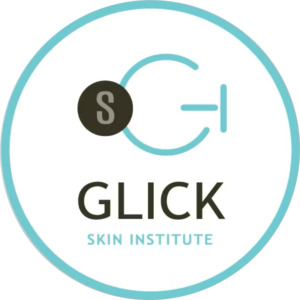
Throughout the colder, winter months, we tend to wear heavier moisturizers and skincare products to protect our skin, but sometimes even with all that protection, our skin is still left feeling dry. It still itches. It cracks. It isn’t always pretty, as you know. Luckily, that season’s now behind us. It’s time to say goodbye to winter and hellooo to Spring, which means time to revamp your skincare routine. We’ll take you through some of our favorite tips on how to transition your routine so your skin will blossom this Spring.
Lighten up on your moisturizer
You reach for thick, rich creams in the winter to combat dryness, but spring provides a nice relief from that dry air and calls for lighter formulas. With the humidity up, the springtime air gives your skin a natural moisture boost. You’ll need a lighter moisturizer now that you’re showered with more humidity than your skin’s seen in months. We recommend SkinMedica Ultra Sheer Moisturizer.
Intensify your sunscreen
Brighter sun and more exposure? Spring it on! Just make sure to ramp up your protection factor. Go for a broad-spectrum sunscreen of SPF 30 or higher. If you’re in the sun, don’t forget to apply every few hours. Remember your hands, feet, ears, neck, and décolleté. Those areas can be just as exposed to the sun and vulnerable to aging as your face. The majority of fine lines are caused by sun exposure, which makes sunscreen that much more crucial.
Spring is the perfect time to have a fling with a foundation that has SPF. Just remember to put sunscreen on first because, sadly, SPF in the foundation isn’t enough. You first need that protective sunscreen base with an all-access pass to your décolletage and the back of your neck. Get the highest level of UVA/UVB protection with Isdin Eryfotona Actinica Sunscreen.
Exfoliate for freshness
Spring is the time to slosh off all the dead skin cells you packed on during the winter. Exfoliation reveals fresh skin and prevents clogged pores and breakouts. Try to exfoliate your skin 1 to 2 times a week to improve your skin’s texture. We recommend SkinCeuticals Micro-Exfoliating Scrub. Want to ramp up your exfoliation game even further?
Treat your skin to a facial or chemical peel with one of our board-certified dermatologists. These treatments will help eliminate those pesky dead skin cells even more to reveal radiant, glowing skin!
Spring Clean
It’s time to Spring break out your old sunscreens and throw them away. Because the SPF effectiveness will be worn out or gone completely, exposing your skin to harmful UV rays and sun damage. Anything expired or older than three years will only Spring you down. Check out our blog post, “Is it Time to Ditch Your Old SPF? It Might be!”, explaining why you should stay away from expired sunscreen.
And while you’re spring cleaning, make sure to wash or replace any dirty makeup brushes or sponges, and toss out your expired skincare products. Last season’s lotion, eye cream, serum, and foundation can harbor bacteria. Shop our store to treat yourself to something new.
Have fun with your spring skincare routine, and, as always, if you have any questions about any of the above products or you would like to schedule an appointment with one of our dermatologists, reach out today. Happy Spring!

